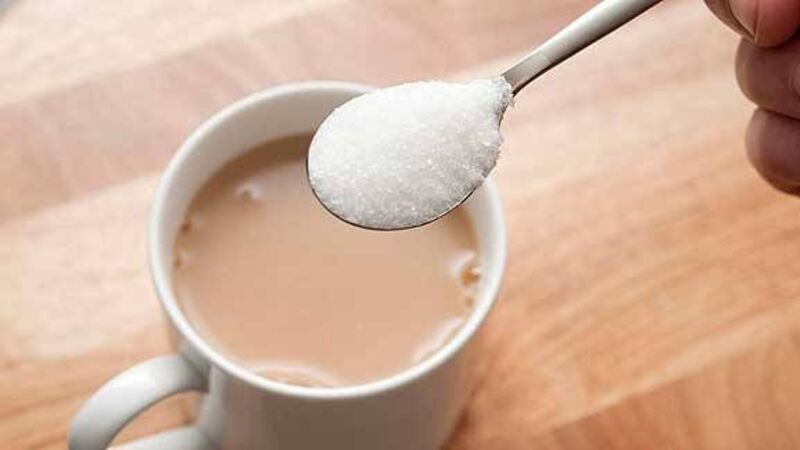Reducing or eliminating sugar from your diet

While I am not a diabetic I am what is termed pre-diabetic, with blood sugar readings of between 5.8 to 6.8 mmol/L.
I would appreciate any advice on how to retain my pre-diabetic condition as long as possible. I am reluctant to start on medication and my doctor has not suggested it. Otherwise I am very healthy and fit male. I’ve lost weight since I drastically cut down on sugar in the past 18 months.











